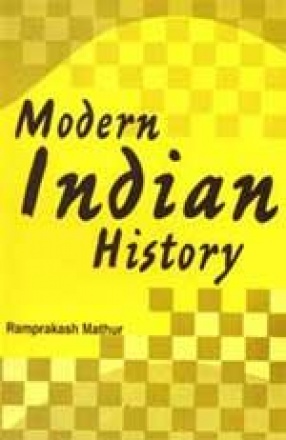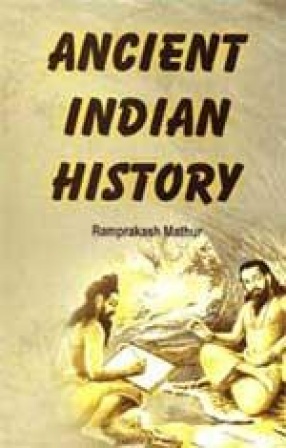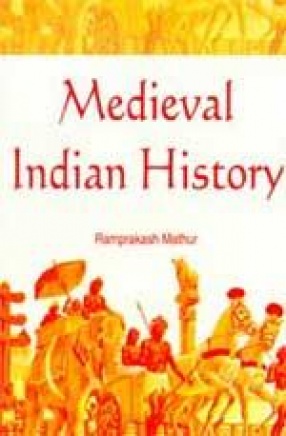
Showing all 5 books





Indian architecture is that vast tapestry of production of the Indian sub-continent that encompasses a multitude of expressions over space and time, transformed by the forces of history considered unique to the sub-continent, sometimes destroying, but most of the time absorbing. The result is an evolving range of architectural production that none the less retains a certain amount of continuity across history. This architectural heritage is one of the most ...

The History of Modern India starts with the advent of Europeans in India soil. Vasco da Gama landed at Calicut, sailing via the Cape of Good Hope in 1498. This marked the beginning of the European era in Indian history. In the next century, India was visited by a large number of European travellers –Italians, Englishmen, Frenchmen and Dutchmen. Eventually England, France, the Netherlands and Denmark, floated East India Companies. During the late 16th and the ...

The republic of India is the second most populous and the fourth largest economy in the world. It is home to some of the most ancient civilizations, and a centre of important historic trade routes. Four major world religious: Hinduism, Buddhism, Jainism and Sikhism have originated from India. Formerly a major part of the British Empire as the British Raj before gaining independence in 1947, during the past twenty years the country has grown significantly, ...

The History Medieval Indian starts with the invasions of Turks at the end of 12 century. The causes for their conquest though various, the major reason was the spread of Islam. The invasion of Turks opened the way for the future Muslims adventures in India. In the following decades, India was ruled by a number of Islam dynasty, Tuglaq dynasty, Khilji dynasty, Lodhi dynasty and Suri dynasty. These dynasties were finally succeeded by the Mughal Empire, under which ...

Indian culture is an ancient and dynamic entity, spannings of human civilization. Beginning with a mysterious culture along the Indus River and in farming communities in the southern lands of India, the history of the Sub-continent is one punctuated by constant integration with migrating peoples and with the diverse cultures that surround India. This book unfolds the history of ancient Indian in simple language. It presents comprehensive and authentic records of ...
